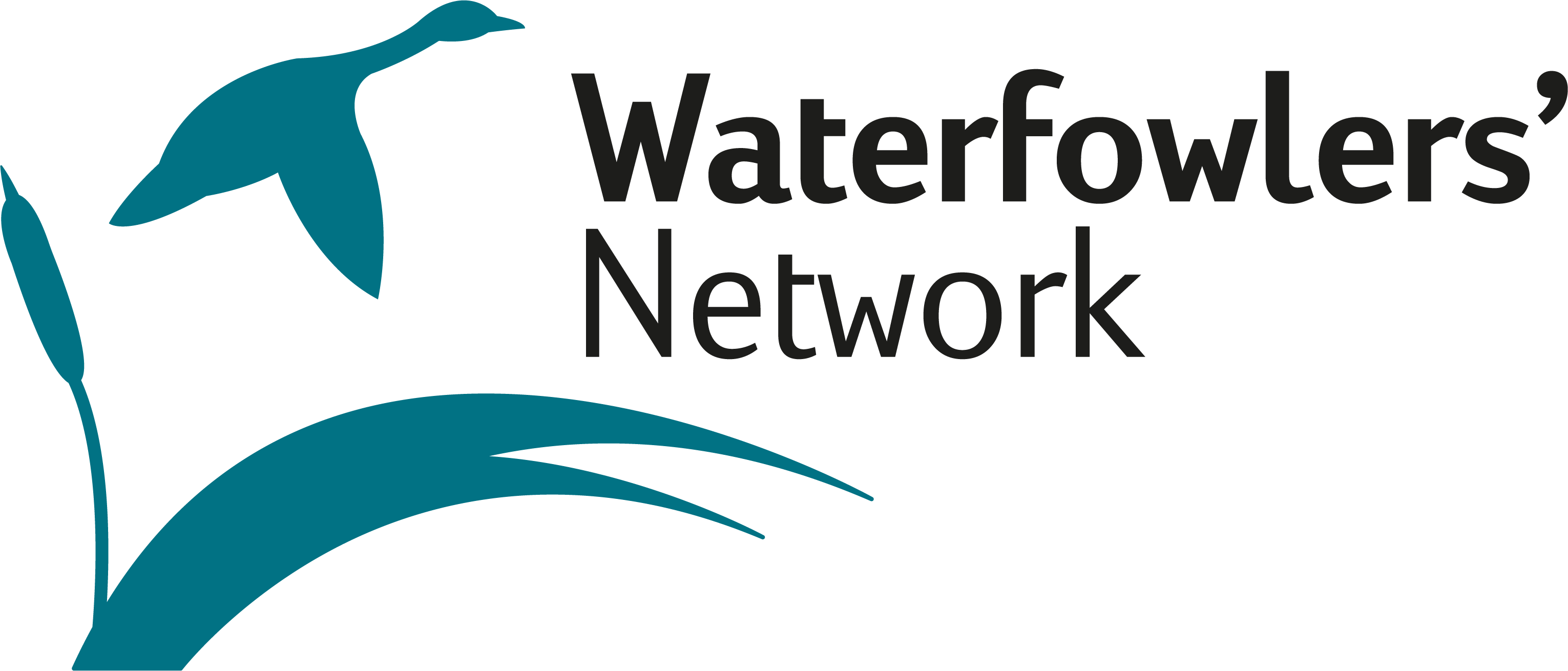Waterfowlers on the look-out for avian influenza 22nd October 2020
Elevated risk of avian influenza outbreaks in Europe calls for increased focus on surveillance, and waterfowlers may help detect suspected cases by reporting sick or dead birds. Prompt testing of such individuals should be carried out by the wildlife health authorities.
By Iben Hove Sørensen, Waterfowlers' Network
Photo by Colourbox
After the recent discovery of several cases of highly pathogenic avian influenza in wild as well as domestic birds in western Russia and Kazakhstan, the risk of an epidemic reaching eastern and northern Europe is relatively high. Certainly, outbreaks in the same area of Russia in 2005 and 2016 were followed by epidemics in northern and eastern Europe the following winter.
Large numbers of migratory birds cross the affected region when heading for Europe during their autumn migration, and the onset of winter in the affected region may trigger the westward spread of the virus by way of infected migratory birds.
The risk of transmission of avian influenza viruses to the general public in Europe remains very low. However, to minimise the risk of transmission to humans, people are advised not to not touch dead or sick birds without wearing appropriate personal protective equipment.
Waterfowlers beware
In Denmark, hunters have been encouraged to pay extra attention to hygiene, particularly when in contact with waterfowl, and all citizens have been encouraged to report any unusual cases of dead or sick birds in the wild to the national authorities. Birds infected may die suddenly or show a range of clinical signs including respiratory signs, swollen heads, dullness and poor condition.
Similar measures will be relevant in other European countries, even if the authorities have not yet directly addressed the issue. Swans, geese, ducks, gulls, crows, and raptors are of particular concern, as these species have been affected by avian influenza during previous outbreaks.
More on avian influenza:
Statement from the Scientific Task Force on Avian Influenza and Wild Birds (2016)
